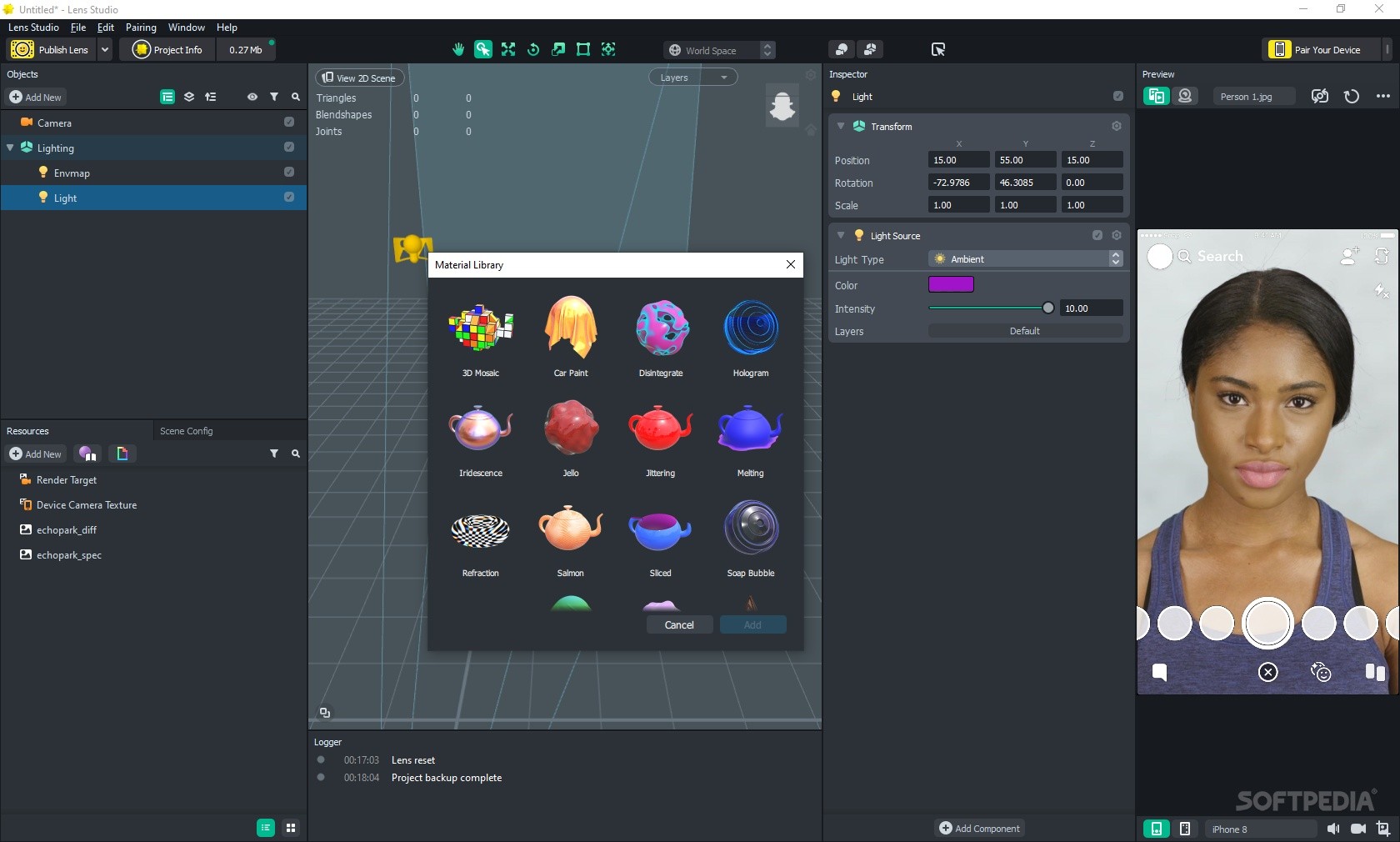
Also controlling your breathing can help quite a bit too. If, like me, you didn't bring your tripod with you and you still want to take pictures in the dark, you can stretch the rule of thumb (above) by a few stops by bracing yourself and/or the camera against a tree or wall or lamppost. Even better is to get a remote release for the camera so you don't have to touch it at all. Putting the camera on a sturdy tripod is the best way to keep it still and this is the way to go, especially when you want to get some movement blur from the subject like in the waterfall picture here. You will know this if you have ever tried to hold a telescope or a high powered pair of binoculars still. The reason why the focal length of the lens is important is that camera shake becomes more apparent as the angle of view gets narrower, the narrower the angle of view the more the shake is magnified. If you are using a 50mm lens you will get a sharp picture at 1/50th of a second. So if you are using your zoom set at 100mm you should use a shutter speed of at least 1/100 of a second.
#Lens studio shake free#
The rule of thumb for a sharp picture, free from the effects of camera shake, is to use a shutter speed which is at least as fast as 1 divided by the focal length of the lens. Either by opening the aperture wider or introducing more light by using a flash gun for instance. The most obvious way of eliminating shake is to use a faster shutter speed.

I think if you look at the green tiles in both pictures you can see the different types of blur quite clearly. Take a look a this second photo, The photo is now generally sharp because I have used a flash, and therefore a much faster shutter speed, but the wall is still blurred because it is out of focus. Although some of the movement is caused by the guitarist moving, the microphone, which wasn't moving, is blurred too, as is the background, this is due to camera shake. Motion blur, whether it is caused by movement of the subject or movement of the camera, looks the same. The wall is 'soft' due to being out of focus but also there is a double, or triple, image which is caused by camera movement. If you look at the back wall in this first picture you can see both types of blur.
#Lens studio shake series#
You can see the difference between the two types of blur if you look closely, rather than a general fuzziness, movement blur looks more like a double exposure or a series of exposures. The focus is actually sharp on the main subject, but you'll have to take my word for that :-). Here we have a mixture of blur caused by the subject moving, blur caused by the camera moving and the blur of the background which is out of focus. How can we tell the difference between blurred focus and camera shake? The resulting blur is not quite the same as the blur caused by incorrect focusing. The phenomenon known as camera shake is caused by movement of the camera (hence the name :-)), which becomes noticeable as blur when using a slow shutter speed. Avoid Movement Blur from Camera Shake Camera Shake Blurred Focus & Camera Shake Differences 2.

Excellent quality, fast delivery, simple after-sales.


 0 kommentar(er)
0 kommentar(er)
